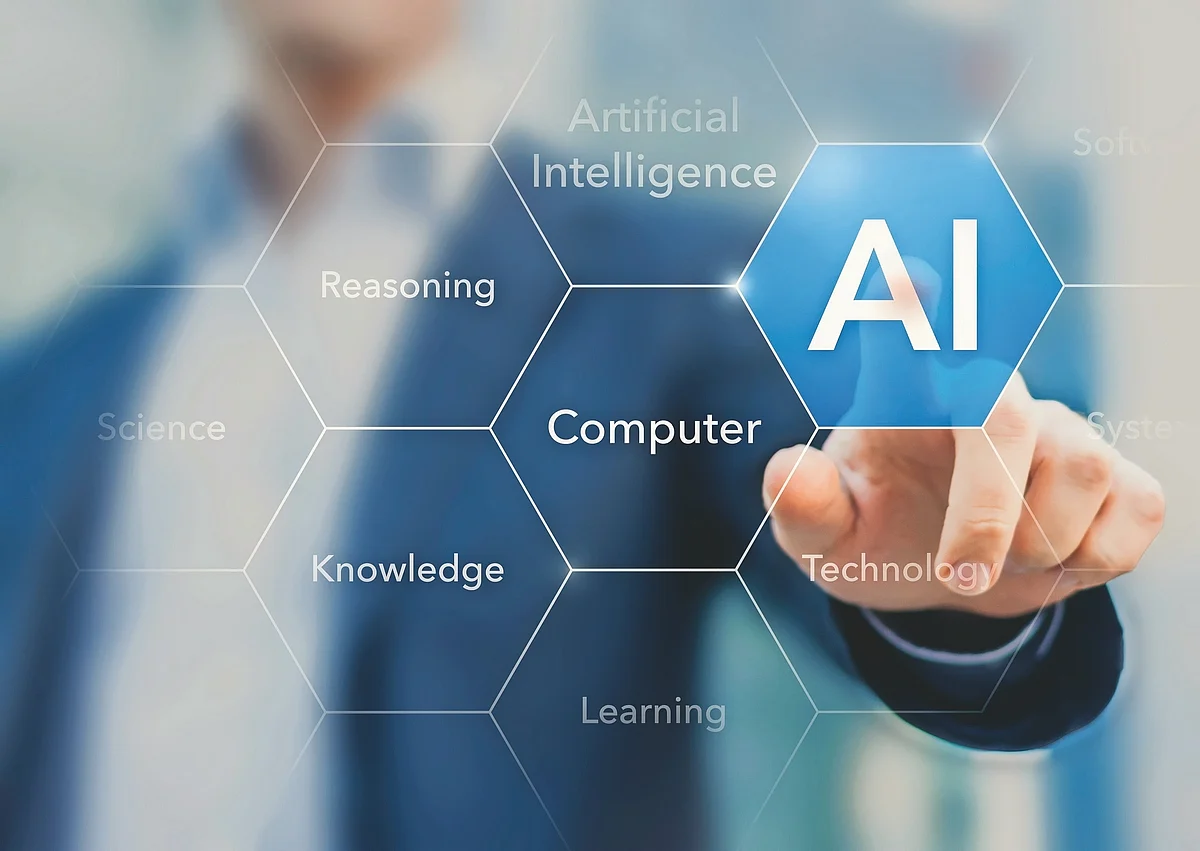
AI Leads The Evolution Of Data Centre Construction
The landscape of data centre construction is rapidly evolving. This year, the surge in demand for AI-driven computing has pushed companies to accelerate development timelines, optimize energy consumption, and innovate in response to a persistent shortage of skilled IT professionals. For decades, data has been the foundation of analytical insights and technological advancement, driving the continuous expansion of data centres.
Today, this growth is further fueled by substantial regional investments in digital infrastructure. As a result, data centres have steadily grown while the region invests heavily in IT infrastructure. According to a study on the data centre market, Saudi Arabia now operates 24 data centres with a combined capacity of 123MW and is planning 37 more facilities. Meanwhile, research firm DC Byte reports that the UAE has 67 data centres with a capacity of 899MW. These changes have grown even more than many expected.
Recommended For YouChanging infrastructure demands
AI is quickly reshaping what data centres need to do. Its growth is similar to the Internet's rise in the 1990s, but AI is spreading even faster. What once was a simple automation tool now helps improve work processes, customer service, and problem-solving in businesses.
Big tech companies are building data centres quickly as the need for AI computing grows. This spending is not just about adding more power; it also changes how AI is used, managed, and expanded. AI as a service is helping companies adopt AI faster in areas such as customer service, financial planning, and decision-making.
Data centres are also using AI to manage their operations. With a shortage of skilled IT workers, AI tools improve efficiency and simplify tasks. Generative AI now helps answer questions and offers real-time advice, allowing smaller teams to work as effectively as larger ones.
AI's growing power use
AI has led to a surge in power needs at data centres. A recent report by Goldman Sachs predicted an 165 per cent increase in Power because of AI. The International Energy Agency noted data centres account for around 1 per cent of global electricity consumption, and annual electricity consumption from data centres globally is about half of the electricity consumption from household IT appliances, like computers, phones and TVs.
Because traditional hubs lack extra power, operators are leasing extra grid capacity or partnering directly with energy suppliers. Some are even considering nuclear power as a steady option. This shift is expected to grow in 2025 and beyond.
Energy and sustainability concerns
Data centres that use AI need a lot of power, raising sustainability questions. The region's solar energy offers a useful resource. Many operators now invest in renewable energy, and Microsoft plans to run its UAE data centres entirely on renewables by 2030. These steps will shape the future of AI-driven data centres.
Nuclear energy and better cooling
Adopting small modular nuclear reactors gives a data-centre a steady stream of low-carbon electricity; pairing that supply with liquid cooling keeps total demand in check. AI servers run far hotter than older racks, and forced-air systems use large fans and chillers that swallow extra megawatts. Circulating water (or a dielectric fluid) across the heat sinks draws heat away much more efficiently, cutting the electricity spent on cooling by roughly a third. The result is a balanced equation: nuclear power covers the base load cleanly, while liquid cooling shrinks the load itself, letting the facility grow its AI capacity without overshooting its energy or carbon budgets.
Improving fibre connectivity
As AI data centres grow, they need more fibre connections to keep up with communication demands. AI-driven GPUs require fast and complex links, which increase both cooling needs and the amount of fiber used. New data centres are now using denser fiber systems with more compact connectorsThis change supports a move to native 800G networking, which meets the bandwidth needs of heavy AI use.
Flexibility in colocation data centres
Colocation data centres will play an important role in 2025. They must stay flexible and scalable to meet changing business needs. Using standardized high-density fiber networks can help keep these centres efficient. Simplified fiber setups reduce complexity and lessen the demand for large IT teams. Manufacturers are working on plug-and-play solutions that make it easier to manage systems while keeping them reliable.
Looking ahead
The evolution of data centres in the AI era is speeding up. Both large-scale and multitenant centres need to expand their fiber networks, use advanced cooling methods, and find new ways to manage power. The shortage of skilled IT workers continues, but AI tools are helping fill that gap. As AI becomes more common in business, data centres must provide the power needed to support these changes. Ongoing innovation and adaptation will shape the future of data centres in the AI age.
The writer is head of data centre market development at CommScope.

Legal Disclaimer:
MENAFN provides the
information “as is” without warranty of any kind. We do not accept
any responsibility or liability for the accuracy, content, images,
videos, licenses, completeness, legality, or reliability of the information
contained in this article. If you have any complaints or copyright
issues related to this article, kindly contact the provider above.
Most popular stories
Market Research

- Forex Expo Dubai 2025 Returns October 67 With Exclusive Prize Draw Including Jetour X70 FL
- Xfunded Expands In Dubai, Strengthening Collaborations With Trading Influencers Across Europe
- SPAYZ.Io White Paper Explores Opportunities, Challenges And Ambitions In Payments Industry
- B2BROKER Taps Finery Markets To Power Institutional Crypto OTC On B2TRADER
- Zebu Live 2025 Welcomes Coinbase, Solana, And Other Leaders Together For UK's Biggest Web3 Summit
- Daytrading Publishes New Study Showing 70% Of Viral Finance Tiktoks Are Misleading



















Comments
No comment